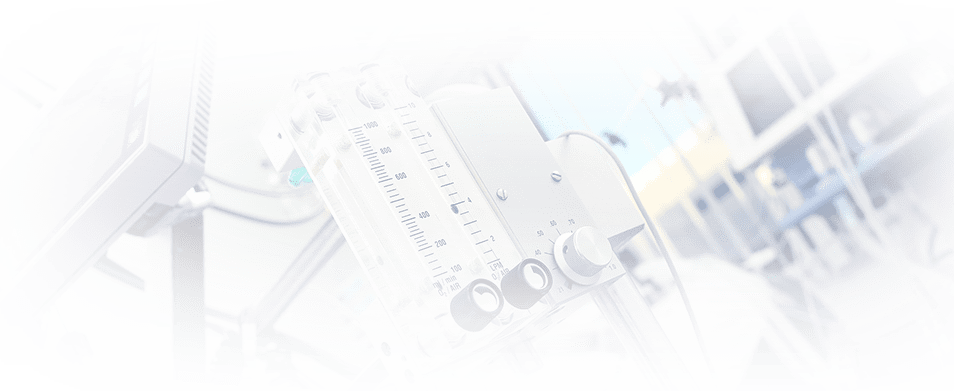Endoscopic urology
Guaranteed accurate diagnosis and effective treatment
The endoscopic method of diagnostics and treatment is based on the introduction into the body of the examined optical device - an endoscope, which allows examining and carrying out medical manipulations through small punctures, not exceeding 1 cm in diameter, and natural openings of the body. Taking into account the fact that most of the organs of the genitourinary system are hollow, this technique is especially widely used in urology. In the Urology Center of JSC "Medicine" (the clinic of Academician Roytberg) - the best private clinic in Moscow, endoscopy is an effective, safe and informational procedure. The valuable experience of qualified medical personnel trained in leading clinics in Western Europe, and the availability of a modern arsenal of high-tech equipment guarantees high accuracy and absolute safety for human health.
Patient safety
Endoscopic procedures are safe for humans: low invasiveness (minimal trauma), and a low incidence of complications significantly reduce the rehabilitation period.
Exceptional diagnostic accuracy and treatment efficiency
Endoscopic diagnostic methods are considered the most progressive, and allow you to detect diseases of the urinary system with maximum accuracy and establish an accurate diagnosis. Endoscopic operations, in comparison with traditional surgical interventions, are less traumatic, bloodless, and much more effective. Today, it is endoscopy that is the most highly informative diagnostic method and an effective way to treat various urological diseases.
High level of service
A personal doctor assigned to each patient, no queues, visits at any time convenient for the patient, the ability to undergo all the necessary procedures in one clinic - we do everything to make our patients feel as comfortable as possible.
| TUR of the prostate |
| TUR of the bladder |
| Contact lithotripsy |
| Percutaneous nephrolitholapaxy |
| Cystoscopy |
| Cystolithotripsy |
| Optical urethrotomy |
| TUEB prostate |
TUR (transurethral resection of the prostate) - is the "gold standard" surgical treatment of prostate adenoma. The technique of the operation consists in removing enlarged parts of the prostate gland with a special instrument (resectoscope) through the urethra. Currently, we use the latest generation equipment and instruments that greatly facilitate the implementation of this intervention, reduce to a minimum the risk of possible complications and significantly reduce the time of hospitalization and rehabilitation of patients. The bipolar resectoscope of Olympus (TURis) makes it possible today to operate on patients with an implanted pacemaker, which was previously not possible.
TUR of the bladder is a surgical procedure during which you can examine the inside of the bladder wall, perform a biopsy and / or remove the tumor. Instruments are inserted through a cystoscope (a thin tube with lenses and a light source), which is passed through the urethra (urethra) and into the bladder.
TUR of the bladder is the first form of treatment for bladder cancer. TUR of the bladder is performed to remove and examine tissue in the bladder and / or tumors. TUR of the bladder can also be used to remove damage to the bladder wall. In most cases of non-invasive bladder cancer, TURB is the only treatment. In the treatment of bladder cancer, TUR of the bladder is used as a method of diagnosis and treatment.
The method of contact kidney lithotripsy belongs to the new modern endoscopic methods of crushing stones. Contact lithotripsy is performed under anesthesia. A special endoscope (thin) is inserted into the bladder and passed further through the ureter into the renal pelvis. This stone crushing procedure is controlled and allows you to remove stones in one procedure. There is no violation of the skin, therefore this method is completely non-invasive.
The method of contact lithotripsy helps to crush stones in any part of the ureter, without damaging the surrounding tissues.
Percutaneous nephrolitholapaxy
Percutaneous kidney lithotripsy is done to break up coral or large stones in the calyx or pelvis. Under anesthesia, the patient is made a small puncture in the lumbar region at the site of the kidney. Through the created puncture, an endoscope with a lithotripter is inserted into the renal pelvis and, using ultrasonic waves, stones are crushed to small sizes, then their fragments are removed from the kidney. The patient is discharged already on the 3rd day after the procedure.
Cystoscopy
Cystoscopy is a procedure that is performed using a special optical device - a cystoscope. A cystoscope is a long tube that is equipped with a light source and a video camera. The cystoscope allows you to see the internal structure of the urethra and bladder. With the help of cystoscopy, a large amount of information can be obtained that is not available with X-ray and ultrasound examination.
Cystolithotripsy
Cystolithotripsy is a procedure for crushing stones in the bladder in order to remove them from the body. Contact cystolithotripsy is usually performed as part of an endoscopic operation, for example, during transurethral resection for benign prostatic hyperplasia, or as an independent operation.
Optical ureterotomy
Endoscopically guided stricture dissection is known as internal optical urethrotomy or endoscopic urethrotomy.
We use endoscopic urethrotomy as the main treatment method for formed short urethral stenosis.
TUEB (transurethral enucleation of the prostate) is one of the newest methods of surgical treatment of benign prostatic hyperplasia. The method was developed and used to remove large adenomas. The peculiarity of the method lies in the "exfoliation" of the adenoma nodes, which can significantly reduce the amount of blood loss during surgery and reduce the risk of adverse complications.
Doctors







